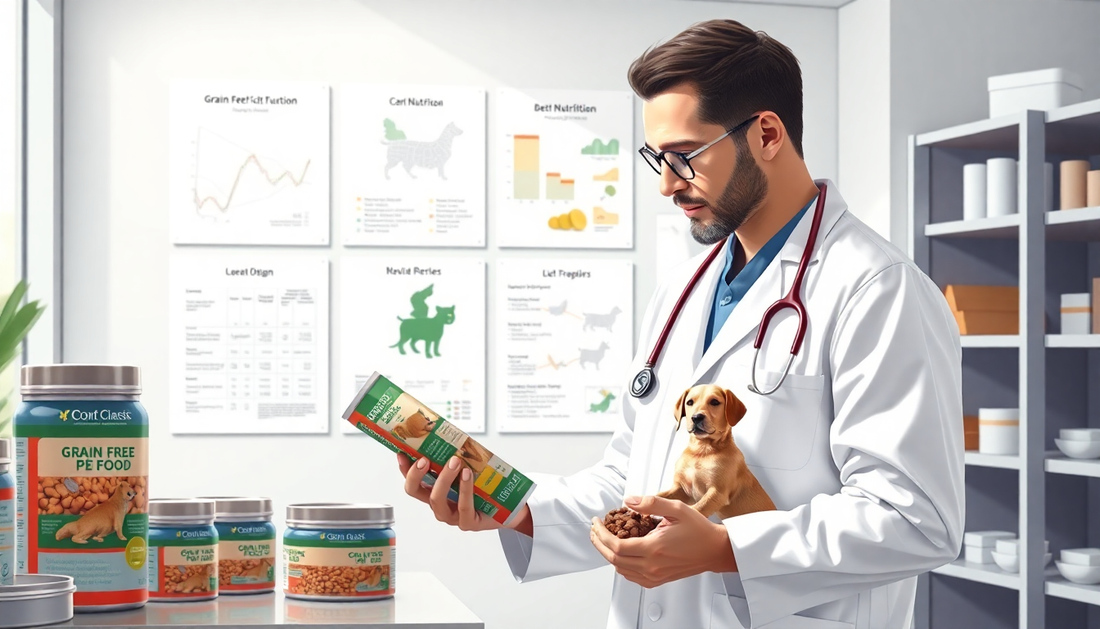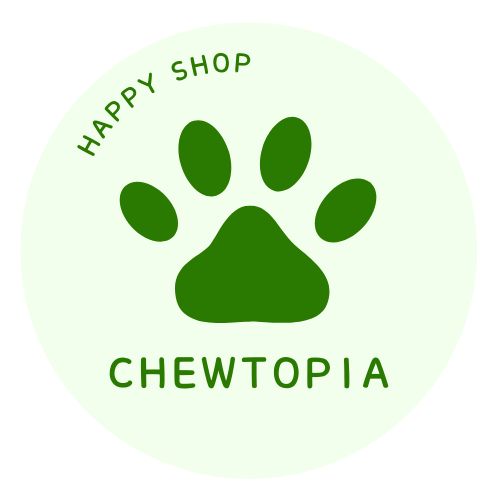
The Truth About Grain-Free Pet Foods and What to Know in 2025
Share
As pet owners, we all want what's best for our furry companions. In recent years, the rise of grain-free pet foods has sparked a lot of discussion and debate within the pet community. With new research and insights emerging, it's important to understand the truth about grain-free diets and what pet owners should know in 2025.
The Popularity of Grain-Free Pet Foods
Grain-free pet foods have gained significant popularity over the past decade, driven by the belief that they are a healthier and more natural option for our pets. Many pet owners have been drawn to the idea of eliminating grains, such as corn, wheat, and rice, from their pet's diet, believing that it can improve their overall health and well-being.
However, as the pet food landscape has evolved, so too has our understanding of the potential implications of grain-free diets. In 2025, we find ourselves in a more nuanced and informed era when it comes to pet nutrition.

Understanding Grain-Free Pet Foods
Grain-free pet foods are formulated without the inclusion of traditional grains. Instead, they often rely on alternative carbohydrate sources, such as potatoes, legumes, or tapioca. The premise behind grain-free diets is that they more closely mimic the natural diet of a pet's wild ancestors, who would have consumed a diet primarily composed of meat, with minimal carbohydrate intake.
Many pet owners have been drawn to grain-free options, believing that they can provide their pets with a more species-appropriate and digestible diet. Additionally, some pet owners have turned to grain-free foods as a way to address potential food allergies or sensitivities in their pets.
Potential Health Concerns in 2025
In recent years, research has emerged that has raised some concerns about the long-term implications of grain-free diets for pets. A 2018 study published in the Journal of the American Veterinary Medical Association found a potential link between grain-free diets and a heart condition called dilated cardiomyopathy (DCM) in dogs.
Veterinary experts have also expressed concerns that the substitution of grains with other carbohydrate sources, such as legumes, may not provide the same nutritional balance and may even lead to deficiencies in essential nutrients.
As we move into 2025, pet owners and veterinarians alike are closely monitoring the evolving research and guidelines surrounding grain-free pet foods. The potential risks associated with these diets have become a topic of significant discussion and debate within the pet community.
Pros and Cons of Grain-Free Diets
When it comes to the pros and cons of grain-free pet foods, the picture is a complex one. On the positive side, some pet owners have reported improvements in their pet's skin, coat, and energy levels when switching to a grain-free diet. Additionally, for pets with known grain allergies or sensitivities, a grain-free option may be beneficial.
However, the potential risks associated with grain-free diets, such as the link to DCM and potential nutrient imbalances, have raised concerns among veterinary professionals. It's important to weigh the potential benefits against the potential risks when considering a grain-free diet for your pet.
Making the Right Choice for Your Pet
When it comes to choosing the right pet food, it's essential to consult with your veterinarian. They can provide personalized guidance based on your pet's individual needs, health status, and any specific dietary requirements.
Additionally, it's crucial to carefully read pet food labels and understand the nutritional composition of the food you're considering. Look for pet foods that meet the nutritional standards set by the Association of American Feed Control Officials (AAFCO) and provide a balanced and complete diet for your pet.
CHEWTOPIA's Approach to Pet Nutrition
At CHEWTOPIA, we understand the importance of pet health and well-being. That's why we are committed to providing our customers with the best possible pet nutrition options, including a range of high-quality, balanced pet foods.
When it comes to grain-free diets, we take a balanced and informed approach. We recognize the potential benefits for some pets, but we also acknowledge the emerging research and concerns surrounding these diets. As such, we work closely with our veterinary partners to ensure that we offer a diverse selection of pet food options, including both grain-free and grain-inclusive formulas, to cater to the individual needs of our customers' pets.
Our team of pet nutrition experts is always available to provide personalized guidance and recommendations to help you make the best choice for your furry friend. We believe that informed and responsible pet ownership is the key to ensuring the long-term health and happiness of our beloved companions.

Conclusion
As we move into 2025, the conversation around grain-free pet foods continues to evolve. While these diets have gained significant popularity, the emerging research and veterinary perspectives have highlighted the need for a more nuanced and informed approach to pet nutrition.
By working closely with your veterinarian, understanding the potential benefits and risks, and choosing a balanced and complete pet food, you can ensure that you are providing your pet with the best possible care and support. At CHEWTOPIA, we are committed to being your trusted partner in pet health and wellness, guiding you through the ever-changing landscape of pet nutrition.
